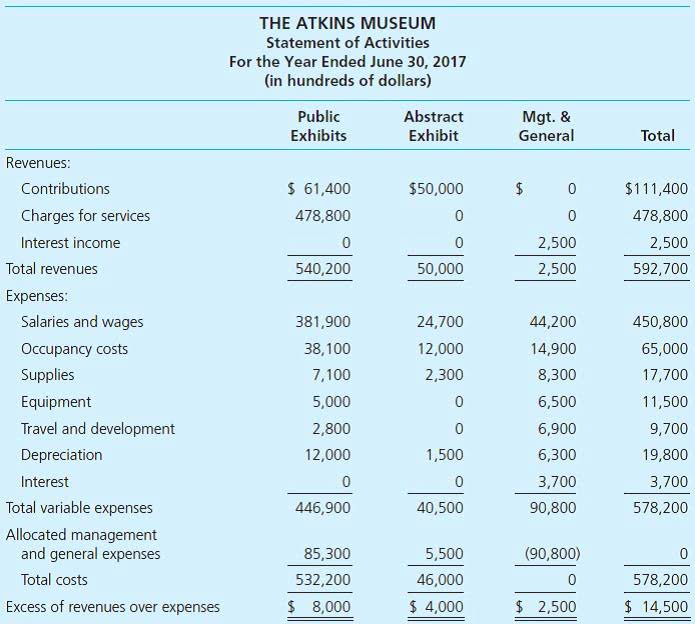
The officers of a corporation are appointed by the corporation’s board of directors to carry out (or execute) the policies established by the board of directors. The officers include the president, chief executive officer (CEO), chief operating officer (COO), chief financial officer (CFO), vice presidents, treasurer, secretary, and controller. Corporations are organized in, and are regulated by, one of the fifty states. Because laws differ somewhat from state to state, accounting for corporations also law firm chart of accounts differs somewhat from state to state.

What are the disadvantages of equity shareholders?
- Shareholders’ equity represents the net worth of a company—the dollar amount that would be returned to shareholders if a company’s total assets were liquidated and all its debts were repaid.
- This formula is known as the investor’s equation where you have to compute the share capital and then ascertain the retained earnings of the business.
- This metric is based on tangible assets and does not account for intangible factors like brand value, intellectual property, or future growth potential.
- This financial statistic is the net income of a corporation after income tax (less any preferred dividends) divided by the weighted average number of shares of common stock outstanding during the same period of time.
- This is the sum that remains for the benefit of the company’s shareholders after all liabilities have been subtracted from the assets.
- A current asset whose ending balance should report the cost of a merchandiser’s products awaiting to be sold.
The value can be both positive and negative, depending on the number of assets the adjusting entries companies own and their liabilities. While the asset value is normally more than the company’s liabilities, there can be instances where the figures reflect an opposite scenario. For example, in scenarios where the debt value exceeds the total assets that the firms own, the shareholders’ equity is negative. Stockholders’ equity is the company that has settled the value of assets available to the shareholders after all liabilities. It provides information relating to equity-related activity to the users of financial statements and it is one of the financial elements used by analysts to understand the company’s financial progress. Shareholders’ equity can be calculated by subtracting a company’s total liabilities from its total assets, both of which are itemized on the company’s balance sheet.

Shareholder’s Equity: Formula with Examples
An asset is what a company owns and from which the liabilities are subtracted to obtain its equity value. In short, the asset value can be calculated by adding the firm’s equity and total debt or liabilities. The following examples feature the shareholders’ equity statement and show how to calculate shareholders’ equity with respect to all the above-mentioned components. The shareholders’ equity comprises components that play an important part in determining the company’s net worth. The fact that retained earnings haven’t been distributed doesn’t mean they’re necessarily still available to be distributed. This formula is known as the investor’s equation where you have to compute the share capital and then ascertain the retained earnings of the business.
- The board of directors appoints the officers of the corporation and declares dividends for the common and preferred stock.
- Retained earnings, as the name implies, reflect the gains and losses carried forward to the next financial year.
- For example, assume that a corporation has 100,000 shares of $0.50 par value common stock before a 2-for-1 stock split.
- Shareholder equity alone is not a definitive indicator of a company’s financial health.
- For example, if a company has $80,000 in total assets and $40,000 in liabilities, the shareholders’ equity is $40,000.
- A corporation’s balance sheet reports its assets, liabilities, and stockholders’ equity.
Marketing
Shareholder equity (SE), also known as shareholders’ equity, statement of stockholders equity stockholders’ equity, or owners’ equity, represents the residual value of a company’s assets after subtracting all its liabilities. Essentially, it shows the net worth of a company from the shareholders’ perspective. Preferred stock, common stock, retained earnings, and accumulated other comprehensive income are all included in shareholders’ equity. The value of the common shares on a company’s balance sheet is known as the common shareholders equity.

![]()
To assess a company’s value, another investor can look at elements of shareholders’ equity such retained earnings. This is the sum that remains for the benefit of the company’s shareholders after all liabilities have been subtracted from the assets. While long-term assets are less liquid, retained by the company for at least a year, or cannot be converted to cash within a year, current assets are liquid and can be converted to cash within the year. The amount at which the holder of preferred stock or bonds must sell the stock or bonds back to the issuing corporation. The call price might be the face or par amount plus one year’s interest or dividend.
Everything You Need to Know About the Statement of Shareholder Equity
For example, a company will have a Cash account in which every transaction involving cash is recorded. A company selling merchandise on credit will record these sales in a Sales account and in an Accounts Receivable account. However, for accounting purposes the economic entity assumption results in the sole proprietorship’s business transactions being accounted for separately from the owner’s personal transactions. To record an appropriation of retained earnings, the account Retained Earnings is debited (causing this account to decrease), and Appropriated Retained Earnings is credited (causing this account to increase). On May 1, when the dividends are paid, the following journal entry is recorded.